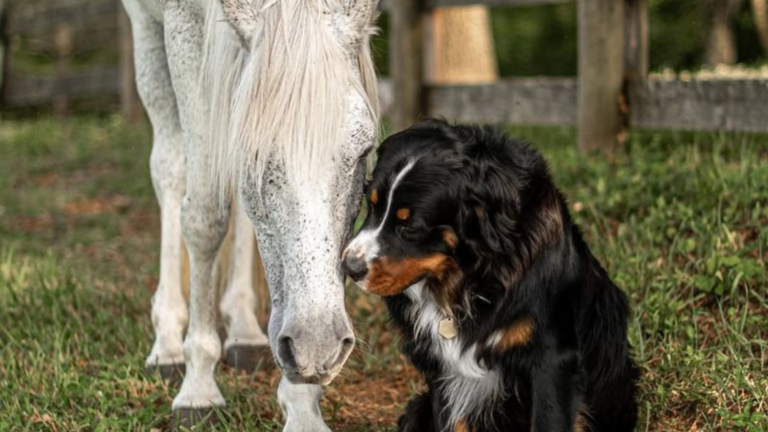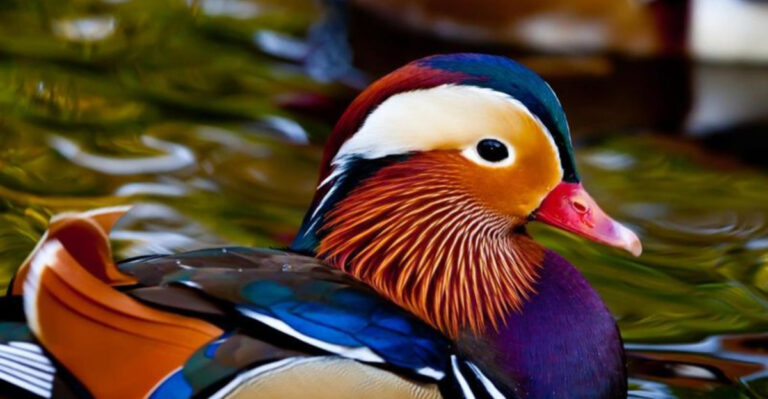18 Fascinating Mammals To Discover While Hiking In Oregon

Oregon’s diverse landscapes offer hikers the chance to encounter an array of fascinating mammals.
From the dense forests to the sprawling meadows, each step in the wilderness can unveil a new adventure.
Let’s explore these unique creatures with intriguing habits and captivating characteristics that make every encounter memorable.
1. Black Bear
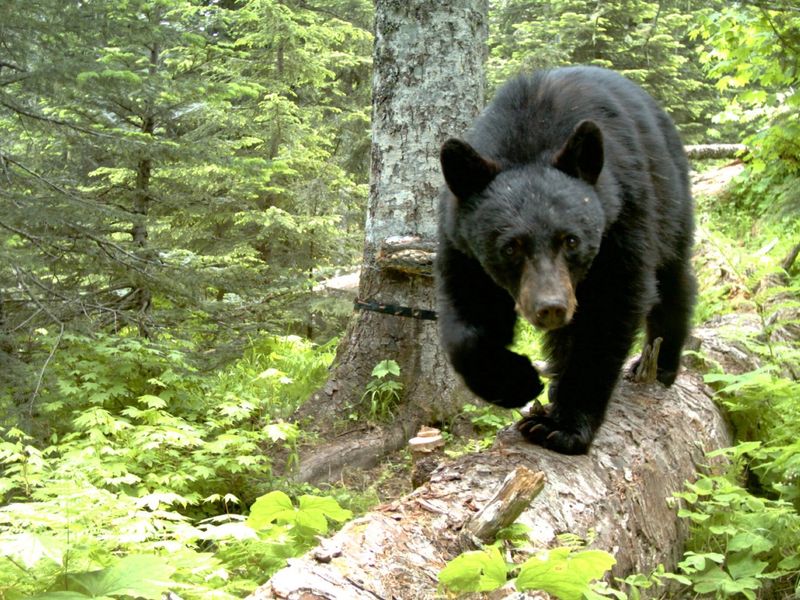
With a lumbering grace, the black bear roams Oregon’s forests. This omnivore is more interested in berries than bothering hikers.
Encountering one is a reminder of nature’s gentle giants, tipping the scales at up to 600 pounds, yet often shy and elusive.
2. Elk
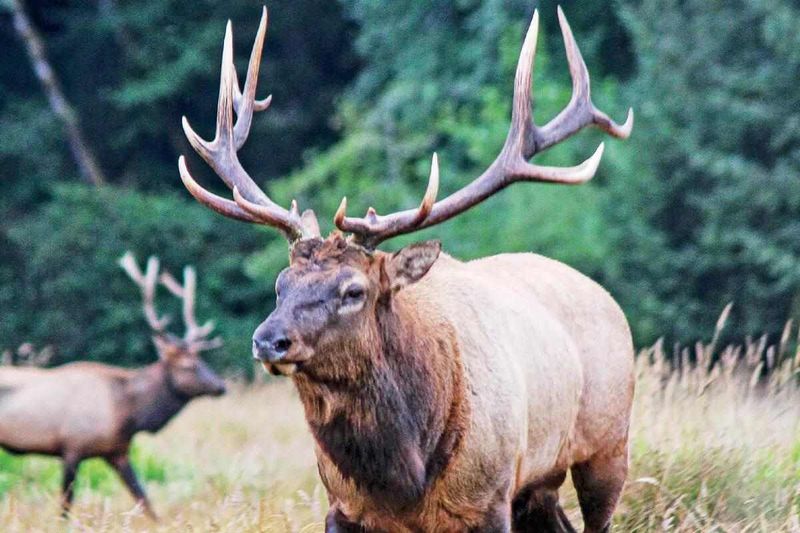
Elk are the kings of Oregon’s forests, with impressive antlers that can spread over four feet. These social creatures are often heard bugling, especially during mating season.
Their sheer size and presence capture the essence of wilderness, making any hiking encounter unforgettable. They symbolize strength and freedom in the wild.
3. Gray Wolf
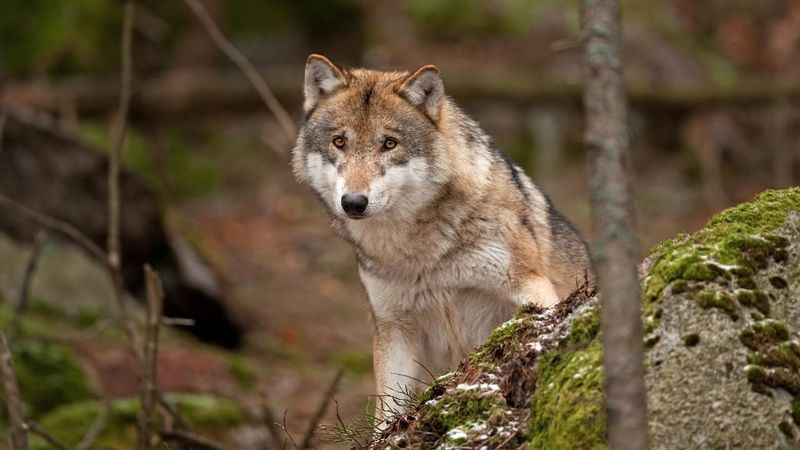
Once nearly gone, gray wolves have made a comeback in Oregon. These intelligent pack animals communicate through a series of howls.
Their reintroduction has been a boon for biodiversity, balancing prey populations and contributing to healthy ecosystems.
4. Bobcat
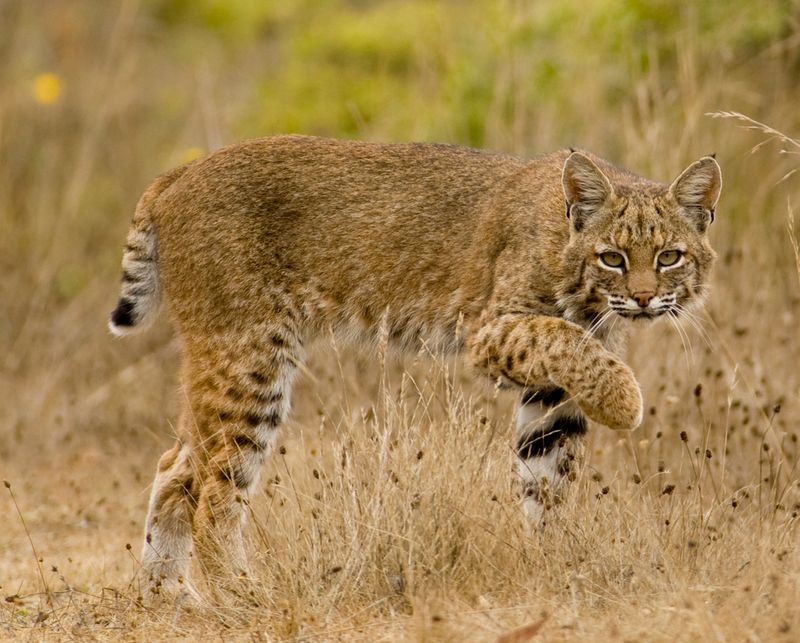
Silent and stealthy, the bobcat is a master of camouflage in Oregon’s varied terrain. With tufted ears and a short tail, they’re more often felt than seen.
Bobcats thrive in diverse environments, from forests to deserts, using their acute senses to hunt small prey.
5. Mountain Lion

Majestic and mysterious, mountain lions are apex predators in Oregon. Their territories can span hundreds of miles, and sightings are rare.
A glimpse of their powerful stride can be awe-inspiring and humbling for any hiker.
6. North American Beaver
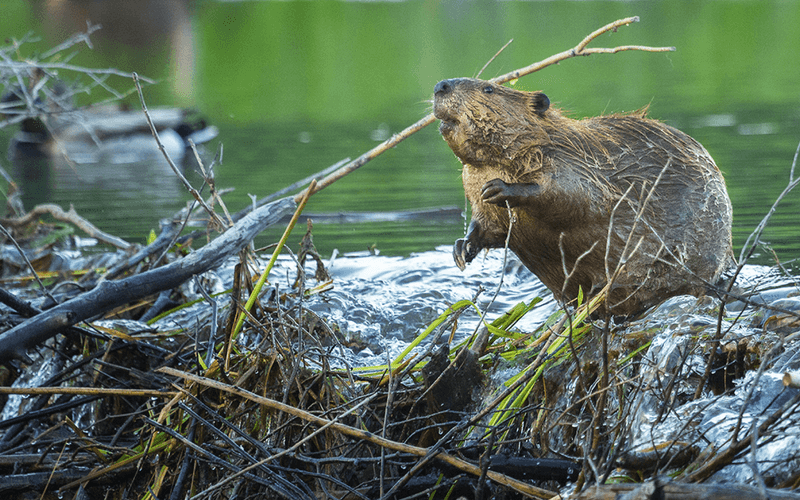
Nature’s engineers, beavers, create ecosystems with their dam-building prowess. In Oregon, their activities shape waterways, promoting biodiversity.
Beavers’ industrious nature supports wetland health, making them a keystone species with a big environmental impact.
7. River Otter
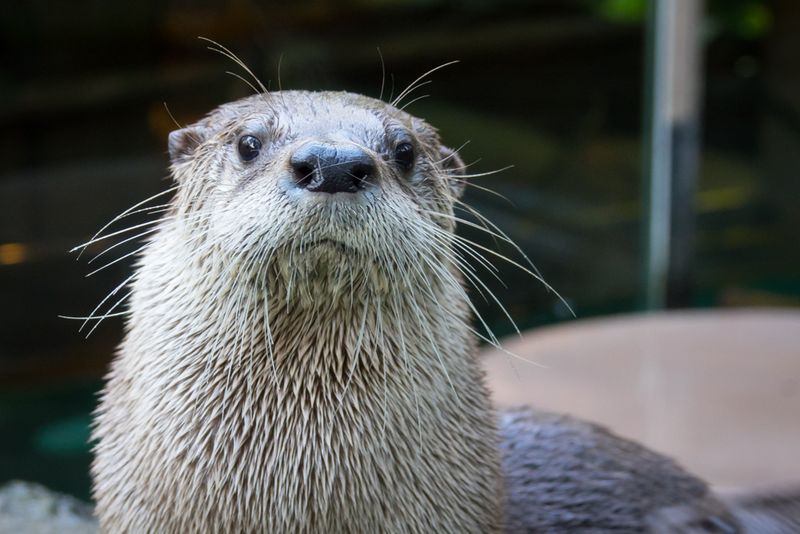
Sliding down riverbanks and playing in water, river otters bring joy to Oregon’s waters. Their playful antics and social behavior make them delightful to watch.
Their presence indicates healthy waterways, vital to Oregon’s natural beauty.
8. Red Fox
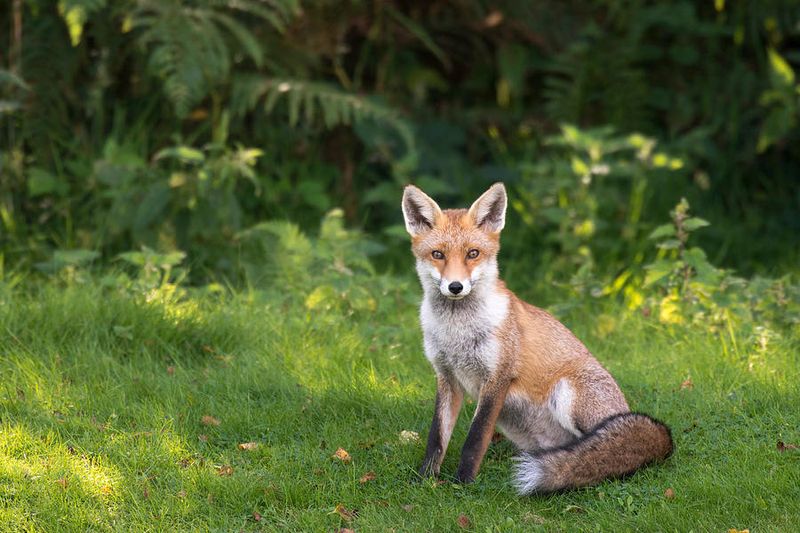
With a bushy tail and sharp eyes, red foxes are the epitome of cunning in Oregon’s meadows.
Their adaptability allows them to thrive in various environments. Foxes play a crucial role in controlling small mammal populations, and their presence supports ecological balance.
9. Western Gray Squirrel
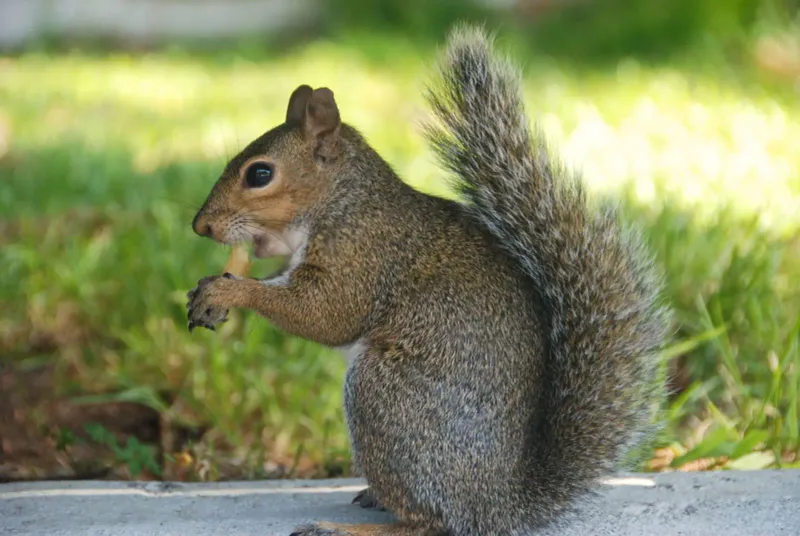
Energetic and acrobatic, western gray squirrels dart through Oregon’s trees, gathering nuts for winter. Their bushy tails help with balance and communication.
Watching their playful antics is a simple pleasure for anyone enjoying the great outdoors.
10. Striped Skunk
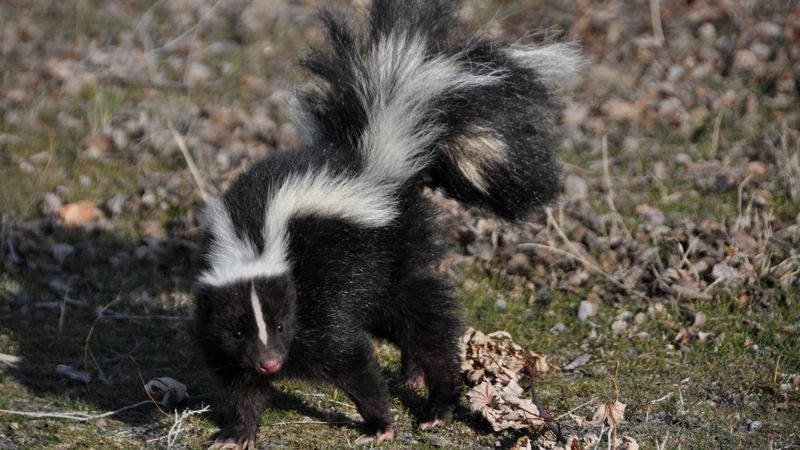
The striped skunk, with its bold black and white pattern, is famous for its defense mechanism. When threatened, it releases a pungent spray.
In Oregon, they help control insect populations, and their presence indicates a healthy ecosystem.
11. Raccoon
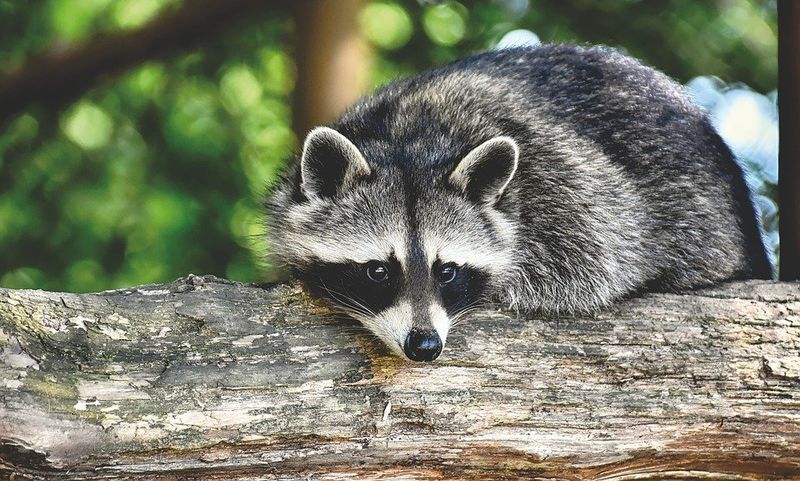
Masked bandits of the night, raccoons’ nimble paws can open almost anything. These creatures thrive in both urban and natural environments.
Raccoons contribute to controlling insect and rodent populations, playing a part in ecological balance.
12. Long-Tailed Weasel
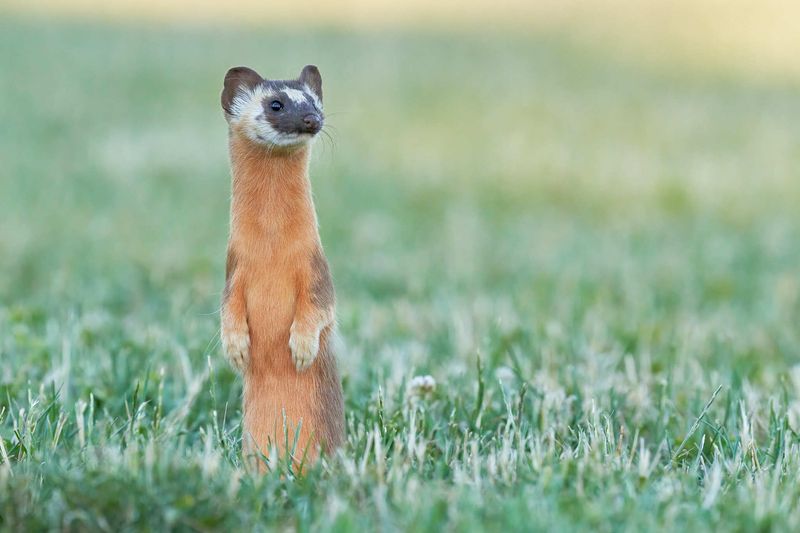
Don’t let its size fool you – long-tailed weasels are fierce hunters, using speed and agility to chase down prey. Found in Oregon’s grasslands, they’re constantly on the move.
Their slender bodies allow them to navigate tight spaces, controlling rodent populations.
13. Big Brown Bat
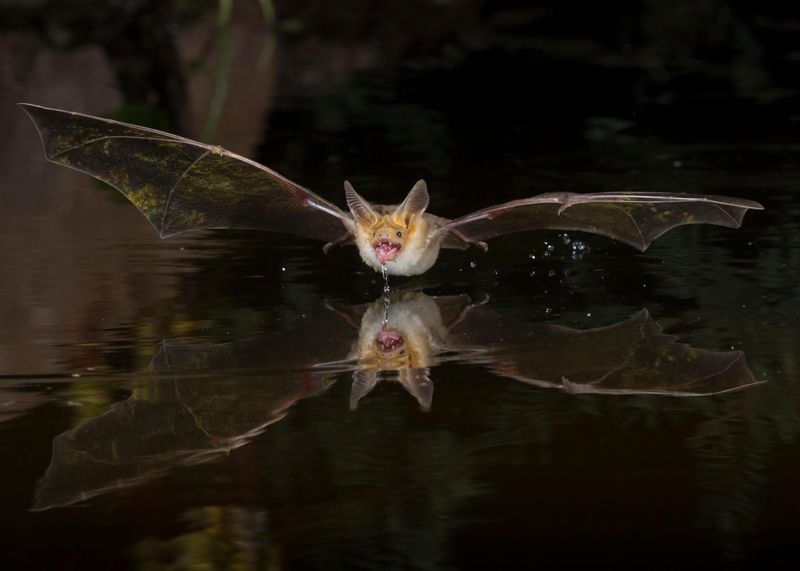
As night falls, big brown bats take to the skies in Oregon, using echolocation to hunt insects. These nocturnal creatures are essential for controlling insect populations.
Observing their flight patterns at dusk is both mesmerizing and educational.
14. Little Brown Bat
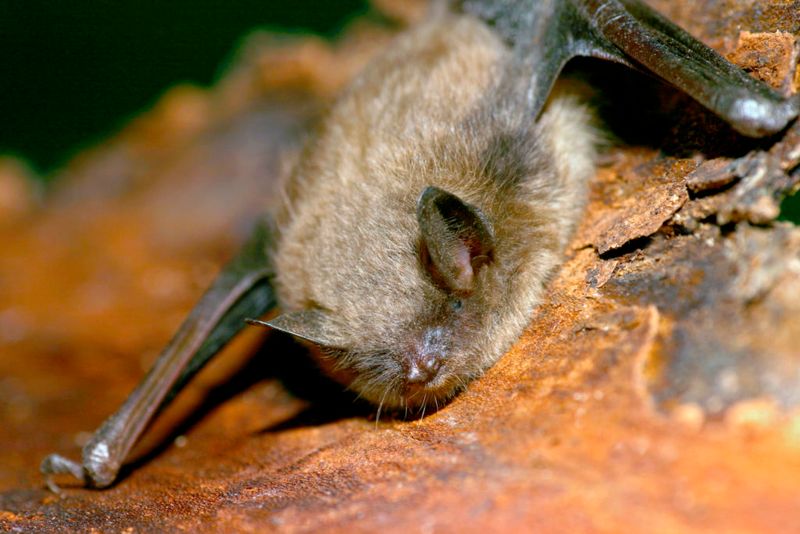
Despite their tiny size, little brown bats play a big role in Oregon’s ecosystem. Roosting in caves and trees, they emerge at night to feed on insects.
Their numbers have been impacted by disease, making them a conservation priority.
15. Pacific Marten
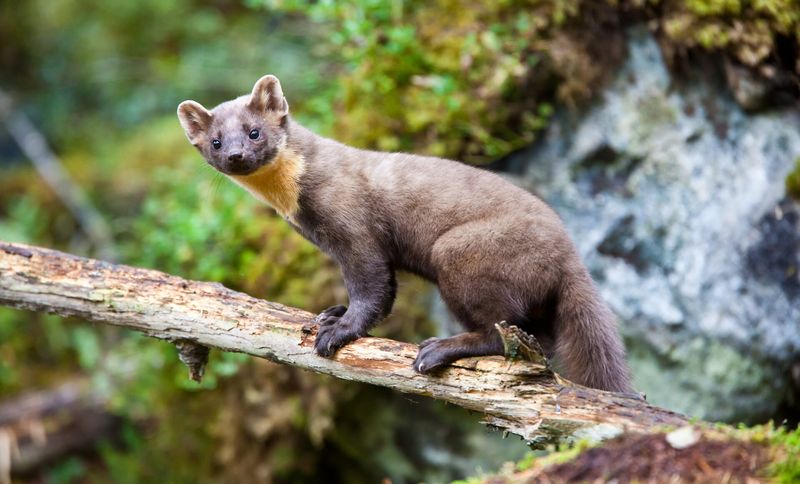
Elusive and agile, Pacific martens weave through Oregon’s forest floors.
Their bushy tails and keen senses make them efficient hunters. These solitary creatures are indicators of old-growth forest health.
Encountering one offers a glimpse into the intricate web of forest life and its delicate balance.
16. Canada Lynx
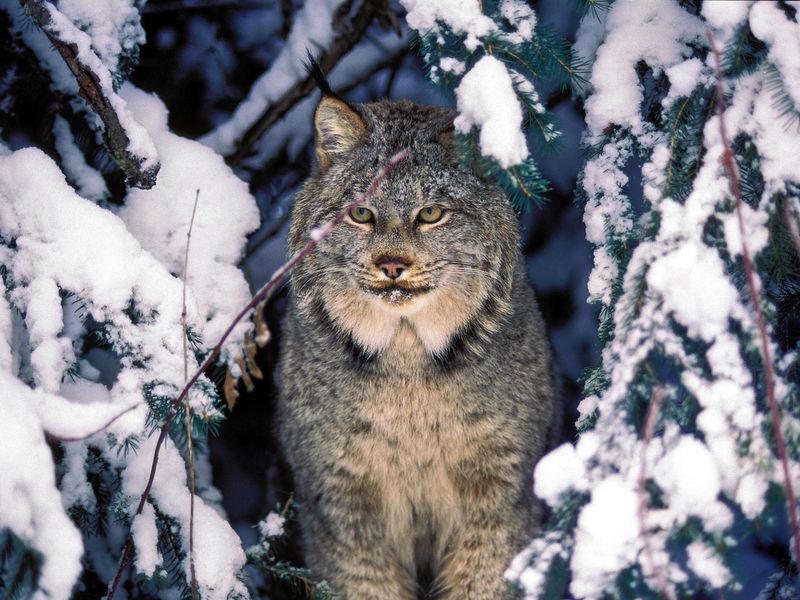
With tufted ears and large paws, the Canada lynx is built for snowy terrains. Though rare, they inhabit Oregon’s high-altitude forests, hunting snowshoe hares.
Their elusive nature and specialized adaptations make them a symbol of wilderness conservation.
17. Townsend’s Big-Eared Bat
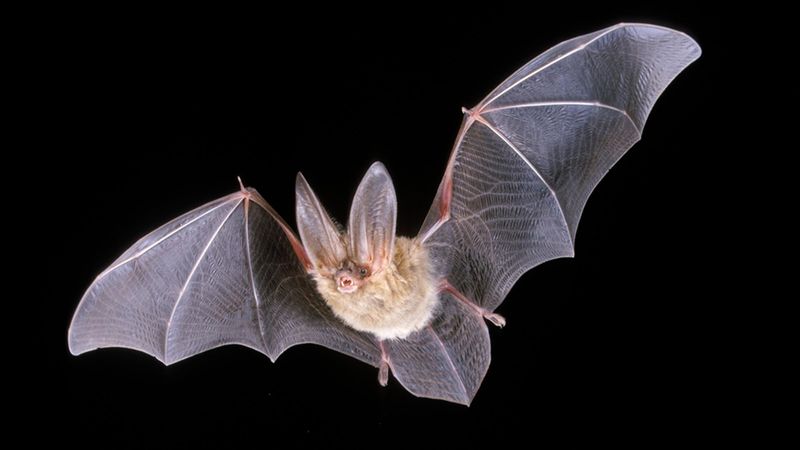
Those ears aren’t just for show; Townsend’s big-eared bats use them for precise echolocation. In Oregon, they inhabit caves and abandoned mineshafts.
Protecting these bats is vital for maintaining bat diversity and ecological balance.
18. White-Tailed Deer

The iconic white flash of their tail is often seen as they bound through Oregon’s meadows. These adaptable herbivores thrive in diverse habitats.
Their grazing helps shape plant communities, playing a role in ecological dynamics.

